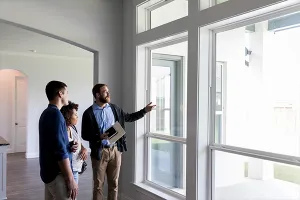CBS News – Market Watch
Two ways to access cash for home upgrades include home equity loans and home improvement loans.
A home equity loan is a financing tool available to homeowners with sufficient equity. You can typically borrow around 80% to 85% of your home equity.
"A home equity loan is a secured loan, which means that it's backed by the value of your home, so it's collateral. So you're borrowing a lump sum, typically at a fixed rate and paying it in equal monthly installments," says Nadia Evangelou, senior economist and director of real estate research at the National Association of REALTORS®.
A home improvement loan is generally a personal loan used for renovating or upgrading your home. Like a home equity loan, it also typically comes with fixed rates. But there are major differences to consider as well.
"So a home improvement loan is usually unsecured…they don't use their home as collateral. But the thing is that it has higher interest rates, so this is the catch there," says Evangelou.
A home equity loan allows you to utilize the equity you've built in your home as a borrowing tool. Due to the collateral, it's not as risky for lenders, which can translate to better rates and terms.
It can also be a good choice if you're doing major work on your home that requires a substantial investment. Evangelou recommends a home equity loan for large-scale renovations due to the lower rates and collateral.
Evangelou says consumers who "only need $10,000 for cosmetic updates and don't want to deal with an appraisal, closing costs" may be a better fit for a home improvement loan. It will likely be a faster option, as home improvement loan lenders may be able to offer quick funding. Due to this convenience, if you need to make a time-sensitive repair or upgrade, a home improvement loan can be a good option.








